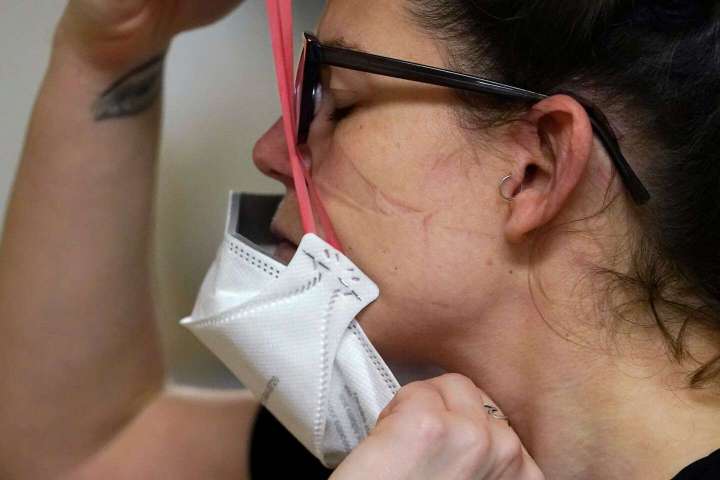The Maryland Hospital Association released findings last month that 1 in 4 hospital nursing positions in the state was vacant. The association called the lack of nurses “the most critical staffing shortage in recent memory.”
How to address our nursing shortage? Start by valuing nurses more.

The total number of registered nurses in the workplace decreased by more than 100,000 in 2021, the largest drop observed in four decades. Perhaps most ominously, the group that left nursing in the highest numbers was nurses under the age of 35.
Even before the pandemic, there was growing concern that the aging population would require more health-care services, and stress and burnout were leading nurses to leave the bedside. Covid-19 exacerbated these problems. As surges overwhelmed hospitals, nurses often cared for so many patients at once that they feared they were providing unsafe care. Some left for this reason. Others cited concerns for their own health.
Many nurses resigned from their hospital positions to seek higher-paying jobs as travel nurses. These positions have long provided stopgap coverage for rural areas that struggle to recruit nurses. Other hospitals also rely on temporary staff to address seasonal needs such as the flu season.
The problem is that during the pandemic, many hospitals needed many more staff all at once. This created a market in which travel nurses could be paid as much as 10 times the salary of staff nurses, leading to much resentment among the nurses who stayed and had to train the higher-paid newcomers. This, in turn, drew more nurses to join travel-nurse agencies themselves or to quit patient care altogether.
The downstream effects of the dependence on travel nurses included financial strain on hospitals. The American Hospital Association reports that hospitals spent almost 40 percent of their total nursing labor costs on travel nurses in January 2022, up from 5 percent in January 2019.
Patricia Pittman, one of the nation’s preeminent nursing workforce researchers, tells me that “ironically, it’s the hospitals’ own decision to rely on travel nurses that ultimately depleted their regular staff.” She adds, “Hospitals have no redundancy, and the lean staffing really hurt them here.” (Pittman directs the Fitzhugh Mullan Institute for Health Workforce Equity, of which I am a faculty member.)
Retaining nurses, she says, is the crux of the matter: “The nursing shortage is not primarily a pipeline problem. What we have is a leaky bucket.” Pittman points to the steady growth of nursing students over the past 15 years and the high numbers of internationally educated nurses working in the United States. Graduating more nurses is important, but it will not translate to more practicing nurses unless more is done to retain them in the workforce.
Key to retention is increased wages. Many hospitals have increased pay for nurses, and some are offering incentives such as loan repayment and retention bonuses. These are efforts the federal governments can assist with. Instead of across-the-board student loan forgiveness, the Biden administration could fund programs that forgive loans in exchange for service in rural and other hard-to-recruit-for areas.
In addition, hospitals need to improve working conditions for nurses. They can engage with their nursing staff to create more worker-friendly schedules. They also need to hire enough support staff, such as medical assistants and patient-care technicians, who can take on duties that do not require an RN degree to perform.
Hospitals can also reduce barriers to reentry for those nurses who have left and wish to return. States can expedite processing of nursing licenses, including from military and out-of-state practitioners, and offer free continuing education and recertification.
Importantly, hospitals need to take a hard look at their own staffing models so that the nursing staff do not always feel overwhelmed and overworked. This will require nudges from the federal government. The Centers for Medicare and Medicaid Services (CMS) is expected to announce minimum staffing standards for nursing homes, a move that is intended to improve patient safety. But nursing homes and hospitals have expressed concern over such requirements, citing that this “unfunded mandate” adds to their financial burdens.
Pittman says that a way around the mandate is to use “carrots instead of guardrails.” For example, CMS could link what it pays hospitals with the number of nurses or a sufficient nurse-patient ratio. “The bottom line is that if hospitals keep understaffing, this creates a vicious cycle where nurses get burned out and want to leave.”
The nursing shortage is one of many problems that existed prior to covid but was dramatically worsened by it. Addressing the problem will require creative solutions that acknowledge how much nurses have been undervalued — and how essential their work continues to be.






